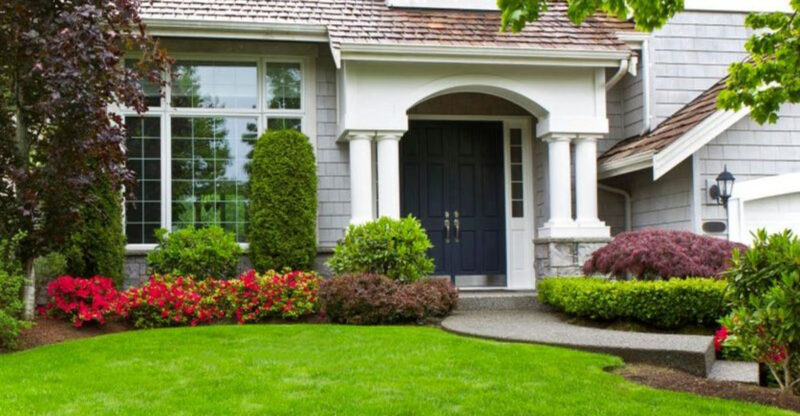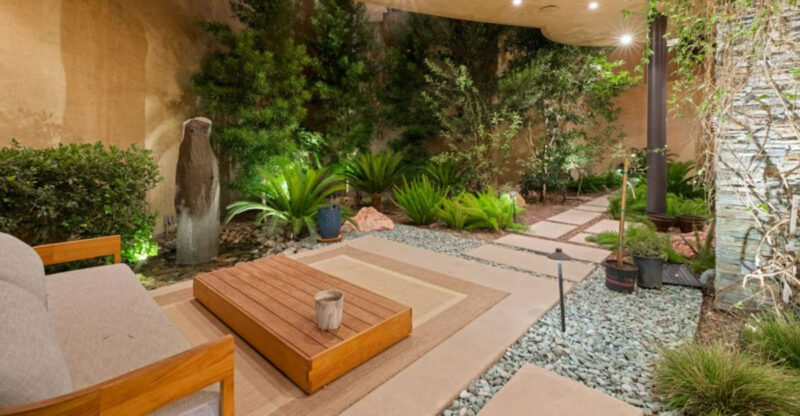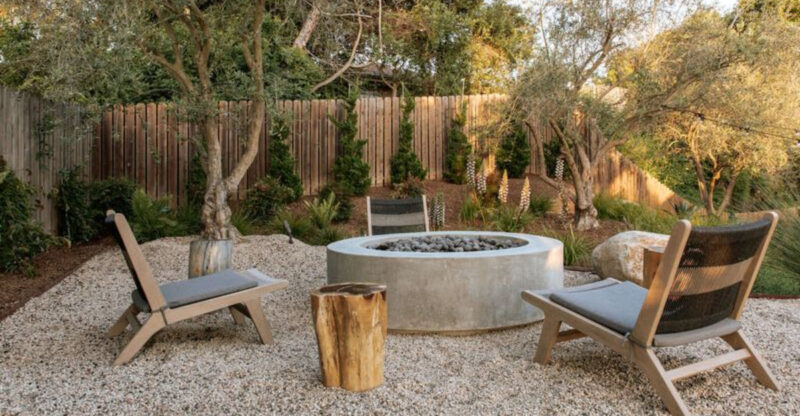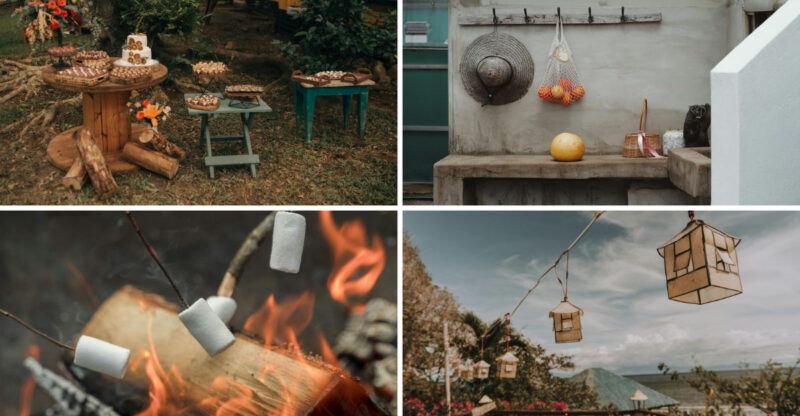Florida Exterior Design Ideas Homeowners May Want To Rethink

Florida homes have a unique charm, but some exterior design choices can hurt both your wallet and your home’s curb appeal. The Sunshine State’s intense heat, humidity, and coastal environment demand thoughtful planning.
I’m here to share design ideas that might be doing more harm than good, so you can make smarter choices for your home’s exterior.
1. High-Gloss Black and Ultra-Bright Primary Colors
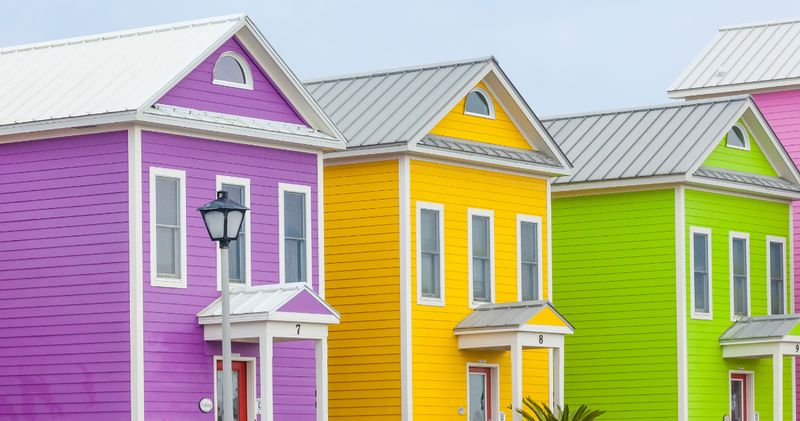
Bold paint choices can backfire in Florida’s blazing sun. High-gloss black and screaming bright primary colors absorb excessive heat, making your cooling bills skyrocket while the paint fades faster than you’d expect.
Deep charcoal or soft pastels work much better because they reflect sunlight instead of trapping it. Your home will stay cooler, and your exterior will maintain its fresh appearance for years longer.
2. Generic Builder Beige Neutrals
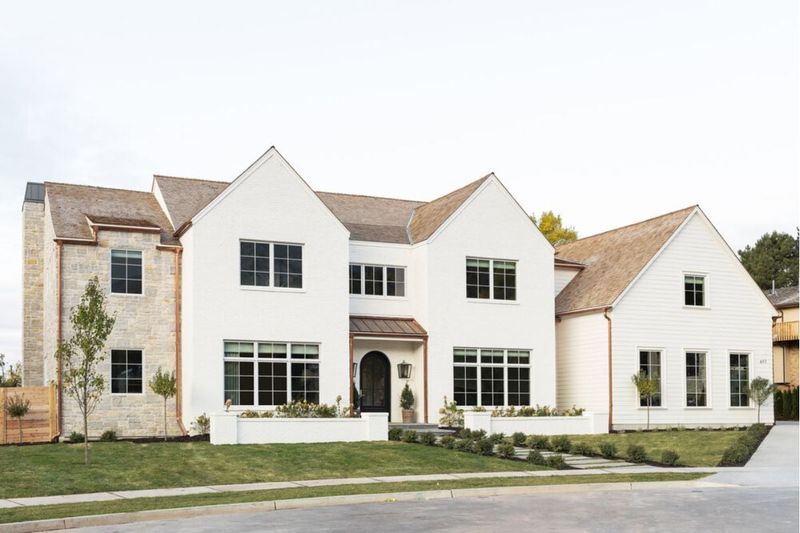
Walking through Florida neighborhoods, you’ll notice countless homes sporting the same dull beige. This color scheme has become a tired cliché that strips homes of personality and makes them blend into boring sameness.
Earthy tones like olive green, ochre, and mustard create a sophisticated look that stands out. These colors complement Florida’s natural landscape while giving your home a distinctive, memorable presence that beige simply can’t achieve.
3. Dark Roofs and Heavy Exterior Materials
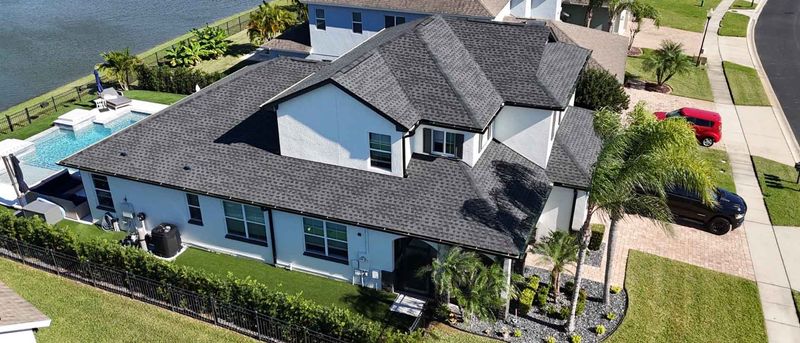
Dark roofing materials turn your home into an oven under Florida’s relentless sun. Heat absorption drives up air conditioning costs dramatically, and the color fades embarrassingly fast, leaving you with an uneven, weathered appearance.
Lighter shades reflect heat away from your home, keeping interiors comfortable and energy bills manageable. You’ll also avoid the constant maintenance cycle that dark materials demand in our tropical climate.
4. Excessive Ornate Architectural Details
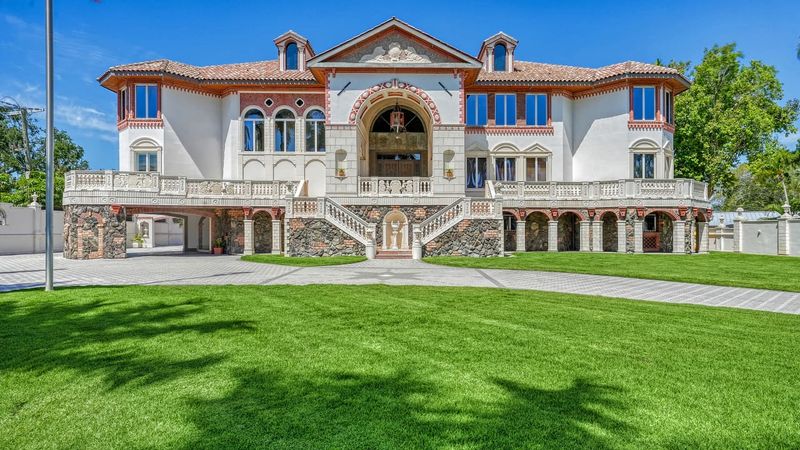
Intricate Victorian gingerbread trim and elaborate architectural flourishes feel completely out of place in Florida’s laid-back coastal setting. These fussy details clash with the relaxed vibe that makes Sunshine State living so appealing.
Clean lines and minimalist forms better capture Florida’s breezy, modern aesthetic. Simplified designs also require less maintenance, which matters when salt air and humidity constantly threaten decorative elements with deterioration and costly repairs.
5. Non-Native Plant Landscaping
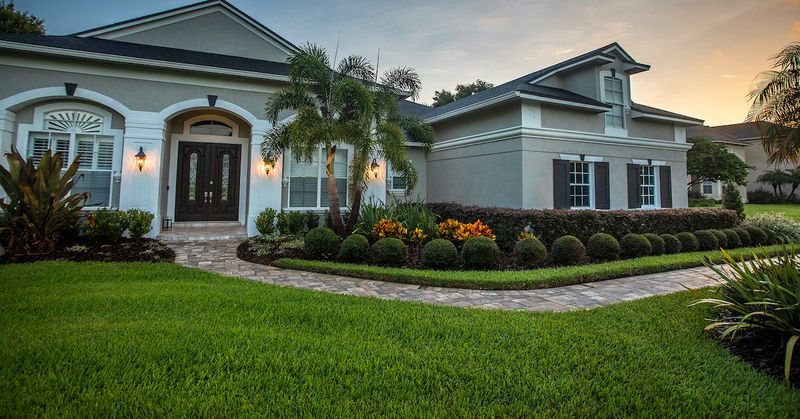
Importing exotic plants from other climates creates a maintenance nightmare in Florida. Non-native species guzzle water, demand constant attention, and often struggle to survive our unique weather patterns, leaving you frustrated and your yard looking patchy.
Native, drought-tolerant plants thrive naturally in Florida conditions. They require minimal watering, resist local pests, and support native wildlife, all while saving you time, money, and environmental guilt.
6. Ignoring Energy-Efficient Materials and Design
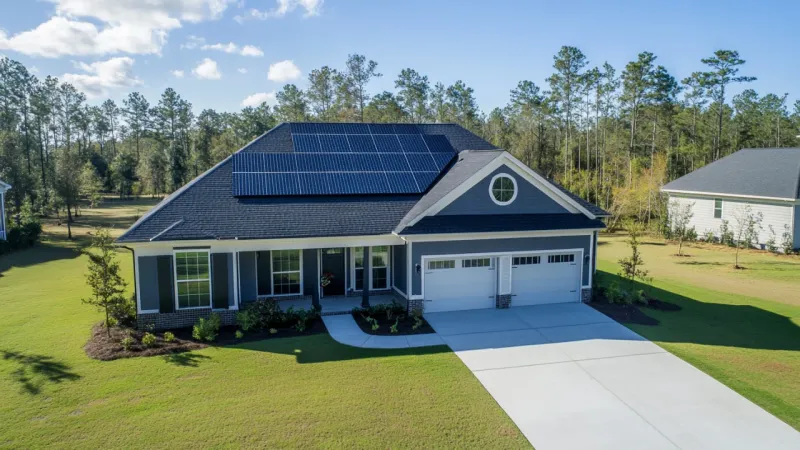
Skipping energy-efficient upgrades might save money upfront, but you’ll pay dearly through soaring utility bills and frequent repairs. Florida’s humidity and heat punish materials that aren’t specifically designed to withstand our challenging climate.
Engineered wood and locally sourced stone resist moisture damage while providing excellent insulation. These smart material choices reduce your carbon footprint and keep more money in your pocket every single month.
7. Solid, Unventilated Exterior Walls
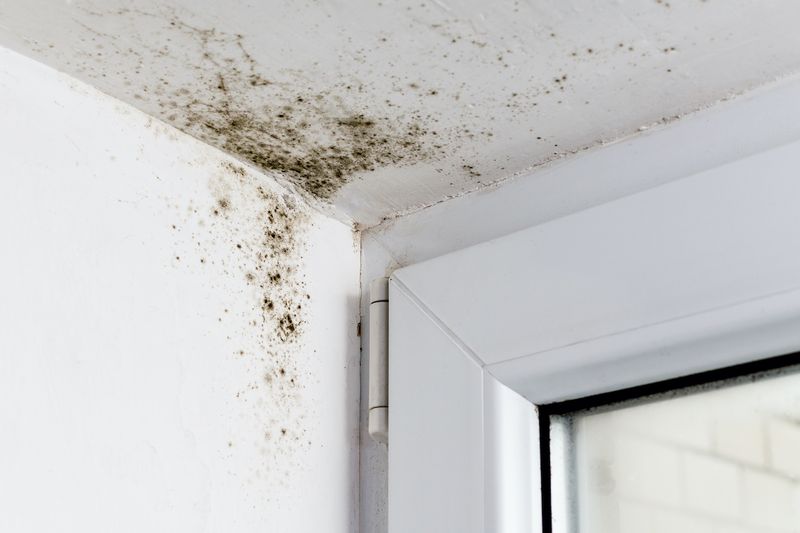
Trapping moisture inside walls is a recipe for disaster in Florida’s humid environment. Solid, unventilated exteriors encourage mold growth, wood rot, and structural damage that can cost thousands to repair once problems become visible.
Proper ventilation systems allow air circulation that keeps walls dry and healthy. Breathable exterior designs prevent moisture buildup, protecting your investment and ensuring your home remains safe and structurally sound for decades.
8. Neglecting Hurricane-Resistant Features
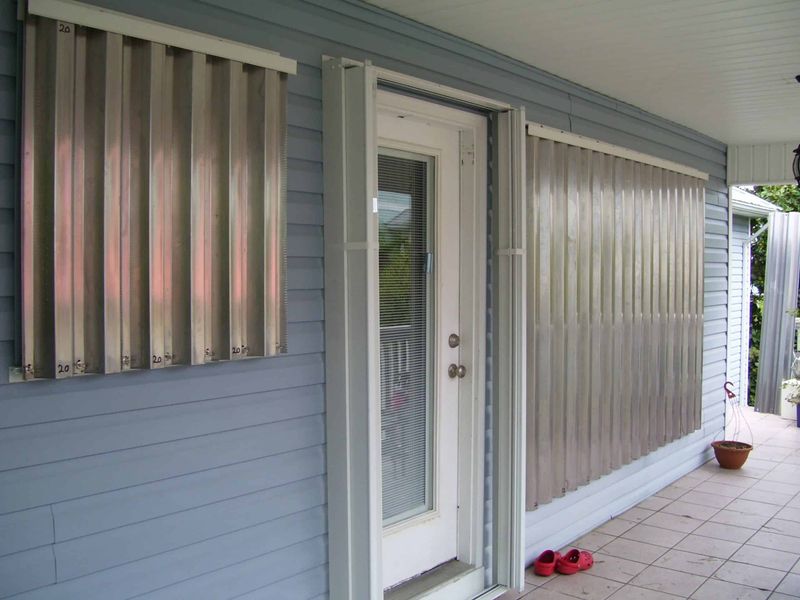
Treating hurricane season as an afterthought puts your entire home at risk. Standard windows, flimsy garage doors, and decorative shutters that don’t actually protect anything leave you vulnerable when storms inevitably strike Florida’s coastline.
Impact-resistant windows and reinforced doors provide real protection while potentially lowering insurance premiums. Investing in genuine hurricane-resistant features isn’t just smart – it’s essential for protecting your family and your most valuable asset.
9. All-White Monochromatic Exteriors
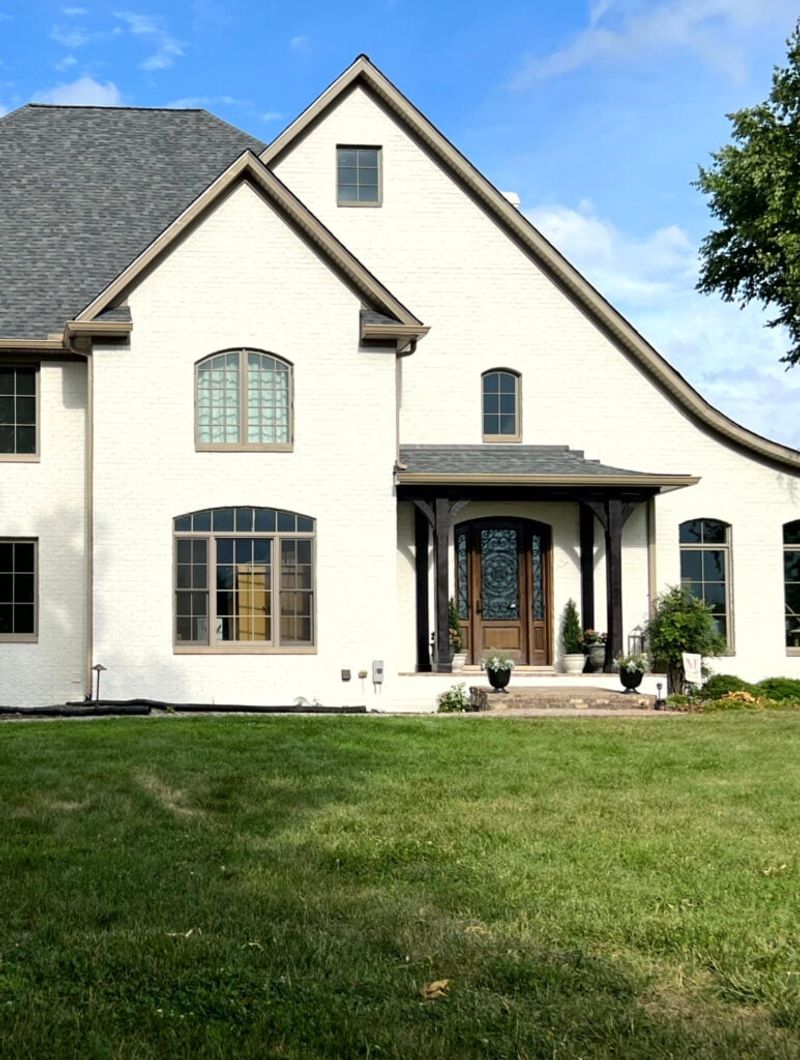
Painting everything white might sound like a safe, clean choice. Many homeowners assume it will keep their home looking fresh and modern. But in Florida’s intense sunlight, all-white exteriors can create harsh glare and show every speck of dirt, mildew, and weather staining.
Without contrasting trim or accent colors, homes lose visual interest and architectural details disappear. The style can feel sterile rather than inviting. Florida’s humidity also encourages mold and algae growth, which shows up dramatically on pure white surfaces.
Consider using warm whites with contrasting shutters or trim in soft coastal colors instead. Adding depth through color variation creates a more welcoming appearance while still keeping that bright, airy Florida feel everyone loves.
10. Fake Stone and Vinyl Siding Combinations

Mixing artificial stone panels with vinyl siding became trendy as a budget-friendly way to add texture. Builders promoted this combo as low-maintenance and cost-effective. Unfortunately, these materials often clash visually and don’t age gracefully in Florida’s tropical environment.
Vinyl siding can warp, fade, and crack under constant sun exposure and hurricane-force winds. Fake stone veneers trap moisture behind them, creating perfect conditions for mold growth. The combination rarely looks authentic and can actually decrease your home’s curb appeal and resale value.
Real stucco, fiber cement siding, or genuine masonry work much better in Florida. These materials breathe properly, resist weather damage, and maintain their appearance longer, making them smarter investments despite higher upfront costs.
11. Oversized Decorative Columns and Pillars

Grand columns flanking your entryway might seem like a statement of elegance and luxury. This Mediterranean-inspired trend swept through Florida neighborhoods during the housing boom. However, when columns are too large or ornate for the home’s scale, they create an unbalanced, almost comical appearance.
Oversized pillars can make modest homes look like they’re trying too hard. They collect dirt in their grooves and crevices, requiring constant cleaning in Florida’s dusty, pollen-heavy environment. Wind-driven rain also penetrates decorative details, causing deterioration over time.
Simpler, proportionate columns or even eliminating them entirely creates cleaner lines that feel more contemporary. If you love the look, choose streamlined designs that complement your home’s actual size rather than overpower it completely.

